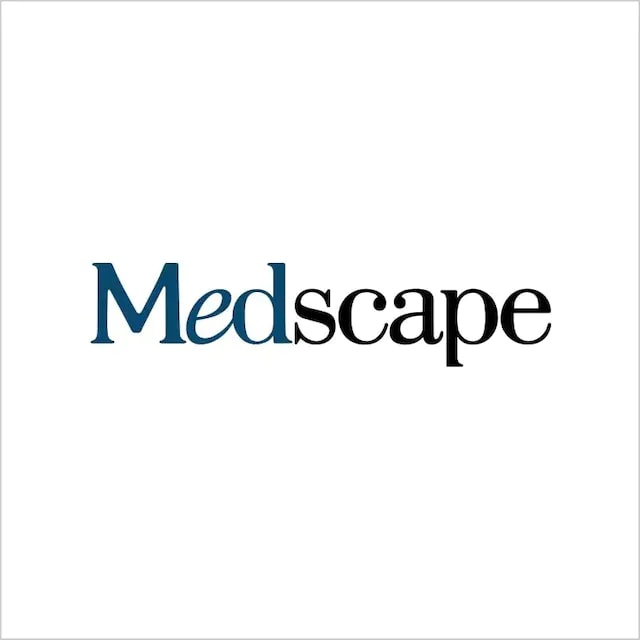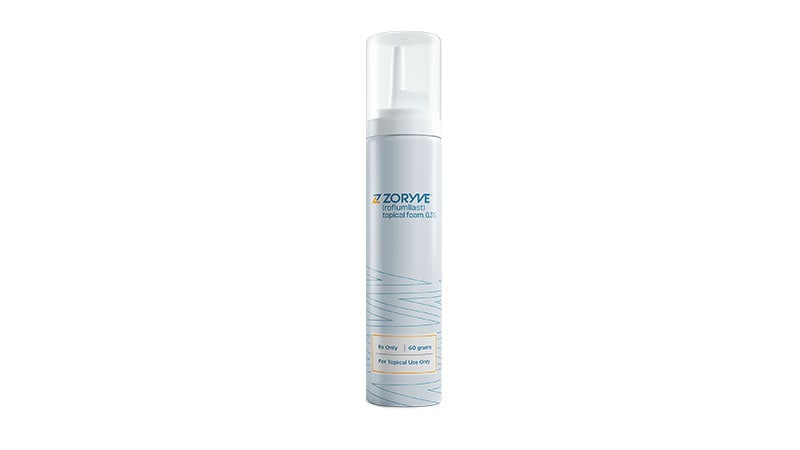'No Surprises' as Ozanimod Holds up in RMS Extension Trial
WEST PALM BEACH, Florida — Nearly 70% of patients with relapsing multiple sclerosis (RMS) were free from relapse after 5 years of treatment with ozanimod (Zeposia), results from an open-label extension trial suggested.
During the extension period of the industry-funded DAYBREAK trial, 17.2% of participants had confirmed disability progression at 3 months and 15.2% at 6 months. Investigators say the once-daily oral therapy was "generally well tolerated" by the nearly 2500 patients in the trial.
"These findings provide further evidence that ozanimod has good long-term safety and efficacy with no increased or new adverse effects with prolonged use," study coauthor Jeffrey A. Cohen, MD, director of Cleveland Clinic's Mellen Center for MS Treatment and Research, told Medscape Medical News. "There were no surprises, which is reassuring."
The findings were presented at the Americas Committee for Treatment and Research in Multiple Sclerosis (ACTRIMS) Forum 2024.
Relapse Results
The US Food and Drug Administration (FDA) approved ozanimod for RMS in 2020 based on the 2-year findings of the SUNBEAM and RADIANCE trials. The drug is an immunomodulator that selectively targets sphingosine 1-phosphate 1 (S1P) and five receptors. It was the first S1P receptor modulator approved by the FDA.
It is often used as first-line therapy after MS diagnosis or as second-line therapy for those who don't respond to other disease-modifying medications (DMTs), Cohen said.
"In our experience, patients generally do well on ozanimod with good disease control, safety, and tolerability," he added.
For the extension trial, researchers tracked 2494 patients from a phase 1 trial (n = 20), phase 2 of RADIANCE (n = 218), phase 3 of RADIANCE (n = 1053), and phase 3 of SUNBEAM (n = 1203). All subjects were aged 18-55 years (mean age, 38 years; 67% female), and 78% completed the study.
Almost all participants (99%) were White and 90% were Eastern European. The mean Expanded Disability Status Scale score was 2.6.
Overall, 736 patients went from interferon β-1a 30 μg to ozanimod 0.92 mg, 877 from 0.46 mg to 0.92 mg ozanimod, and 881 stayed on 0.92 mg ozanimod.
The mean total duration of ozanimod exposure, both during the initial trials and the extension, was 75 months (maximum 117 months). Improvement was similar regardless of the initial trial regimen, Overall, 69% of participants were free of relapses at month 60, and 60% were relapse-free at 72 months.
At month 60 of DAYBREAK, the adjusted mean numbers of new/enlarging T2 lesions per scan or gadolinium-enhancing lesions were low and similar, regardless of parent trial treatment group, researchers reported.
Adverse effects were also similar regardless of initial trial regimen: 2219 (89.0%) participants had any treatment-emergent adverse event (TEAE), 381 (15.3%) had severe adverse events, and 98 (3.9%) stopped treatment due to a TEAE.
The most common TEAEs were nasopharyngitis (21.3%), headache (17.1%), COVID-19 (16.5%), and upper respiratory tract infection (12.4%). Infections were common and included serious infections (4.3%) and opportunistic infections such as oral herpes and herpes zoster (6.4%). A total of 1.8% of patients developed treatment-emergent malignancies, 4.1% had cardiac events, and 0.4% developed macular edema.
"Clinicians can be confident using [the drug]," Cohen said.
'A Step Below'
The cost of a 30-day supply of ozanimod is $8890, according to the drug manufacturer's website.
Commenting on the findings for Medscape Medical News, John R. Corboy, MD, professor of neurology at the University of Colorado School of Medicine in Aurora, Colorado, said many formularies limit access to ozanimod "as it has no obvious benefit in comparison to generic fingolimod, which is significantly cheaper."
In addition, "the general concept to use more highly effective therapy as first-line therapy is now firmly rooted," said Corboy, who was not part of the study. "This class of DMTs is, appropriately, perceived to offer efficacy a step below most highly effective DMTs."
The new findings are in line with expectations, Corboy said, adding that the results are "good but likely not as good as monoclonals and with a similar safety profile as other drugs in the class. While this is confirmatory, it has the usual biases of open-label studies, and it does not change the general dynamics of the access issues."
When prescribing ozanimod, Corboy noted that "the main use for us is when someone is on fingolimod long-term and their copays go up dramatically when they have lost access to assistance programs when switched to the generic fingolimod," he said. "Then, we try to get free drug from Bristol Myers Squibb."
Cohen agrees that the use of highly effective therapy (HET) as a first-line treatment is common, including in his own practice, but "I do not agree that use of HET as the first therapy is 'firmly rooted'," he said.
As for insurance coverage and its role in the clinic, "some formularies prefer generic fingolimod, and there are other formularies that, in fact, specify ozanimod," Cohen said.
Cohen declined to comment on Conroy's perspective on switching patients to ozanimod after they lose access to assistance programs for fingolimod.
However, he noted several advantages to ozanimod, including "no requirement for first-dose monitoring, no requirement for testing for macular edema, lower incidence of liver enzyme abnormalities, more consistent level of lymphopenia," he said.
"Whether those advantages warrant the price relative to fingolimod is a matter of opinion," Cohen added.
Bristol Myers Squibb funded the study. Cohen discloses personal consulting fees from Astoria, Bristol Myers Squibb, Convelo, EMD Serono, Find, INmune, and Sandoz. He also serves as an editor of Multiple Sclerosis Journal. The other authors report various disclosures with many drug companies; some are employees of Bristol Myers Squibb. Corboy discloses research funds for his institution from NIH, National MS Society, EMD Serono, and Bristol Myers Squibb and a consulting relationship with Clene. He is medical director of Rocky Mountain MS Center and associate editor of Annals of Neurology.


 Admin_Adham
Admin_Adham


